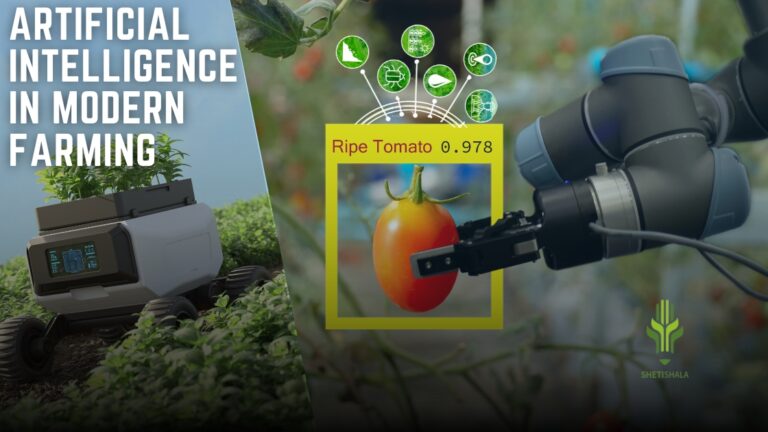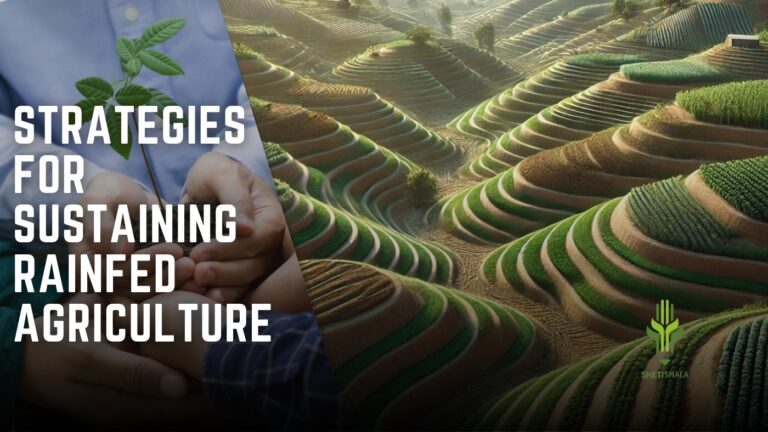Definition :-
Plant tissue culture is a technique used to propagate and grow plants under sterile
conditions in a controlled environment. It involves the culturing of plant cells, tissues, or organs
in an artificial nutrient medium under controlled conditions of light, temperature, and
humidity.
This technique allows for the production of genetically identical plants (clones) and is widely
used in plant research, commercial plant production, and plant breeding
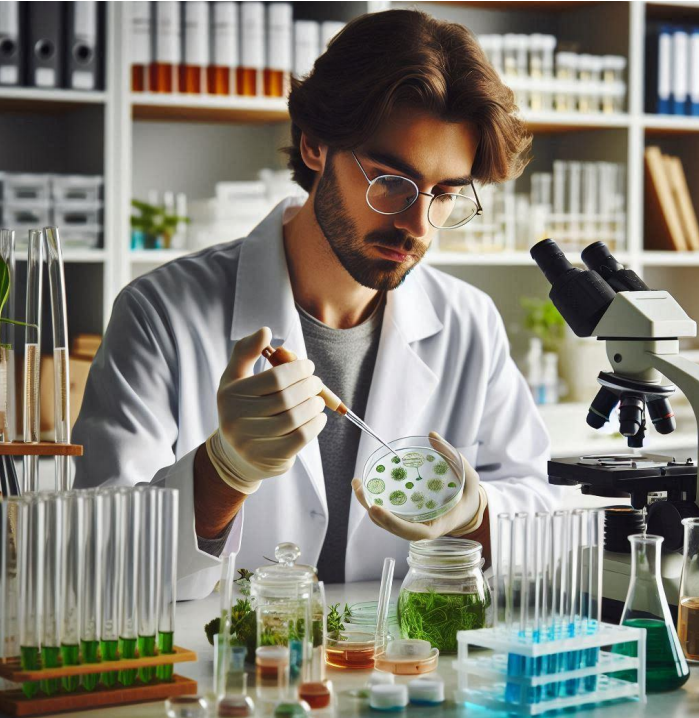
Definition of Culture :-
Culture refers to the process of growing plant cells, tissues, or organs in
an artificial nutrient medium under controlled conditions. This technique allows for the
propagation of plants in a sterile environment where the growth parameters such as temperature,
light, humidity, and nutrient levels can be precisely controlled.
key aspects of the term “culture” in plant tissue culture:
1. Artificial Nutrient Medium:
The culture refers to the medium itself, which is typically
agar-based and contains a precise balance of nutrients, vitamins, growth regulators (such
as auxins and cytokinins), and other supplements necessary for the growth and
development of plant cells or tissues.
2. Sterile Conditions:
The process of culturing involves sterilizing the plant material
(usually small pieces of tissues or organs) to eliminate any contaminants such as bacteria,
fungi, or viruses. This ensures that the growth occurs in a controlled, contamination-free
environment.
3. Controlled Environment:
Cultures are maintained under controlled environmental
conditions including temperature, light intensity, and photoperiod. This allows
researchers to manipulate the growth and development of the cultured tissues, inducing
specific responses such as shoot formation, root development, or callus growth.
4. Propagation and Maintenance:
The primary goal of culturing plant tissues is to
propagate plants from a small initial tissue sample (like a piece of meristem or leaf tissue)
into multiple identical plants (clones). Regular subculturing involves transferring the
growing tissues or cells onto fresh nutrient medium to maintain their growth and viability
over time.
5. Applications:
Plant tissue culture is widely used in various applications such as
micropropagation (mass production of identical plants), genetic modification, germplasm
conservation, and the production of disease-free plants. Each application requires specific
culture techniques and conditions tailored to the desired outcome.
Process of Plant Tissue Culture:
1. Initiation:
The process begins with selecting a suitable plant tissue source, such as the
meristematic tissue (where rapid cell division occurs) from shoots or roots. This tissue is
sterilized to eliminate any contaminants like bacteria or fungi.
2. Culture Medium:
The sterilized tissue is then placed on a nutrient-rich agar medium
containing essential nutrients, vitamins, growth regulators (such as auxins and
cytokinins), and sometimes supplements like sugars and amino acids. This medium
provides all the necessary nutrients for the growth and development of the cultured cells
or tissues.
3. Culturing:
The cultures are maintained in a controlled environment, typically in a
growth chamber or a culture room. The conditions include controlled temperature
(usually around 25-28°C), light intensity, and photoperiod (light-dark cycle). The pH of
the medium is also carefully regulated.
4. Subculture:
As the cells or tissues grow and multiply, they are periodically transferred to
fresh nutrient medium to prevent overcrowding and to provide fresh nutrients. This process is known as subculturing and helps in maintaining the growth and viability of the
cultures over time.
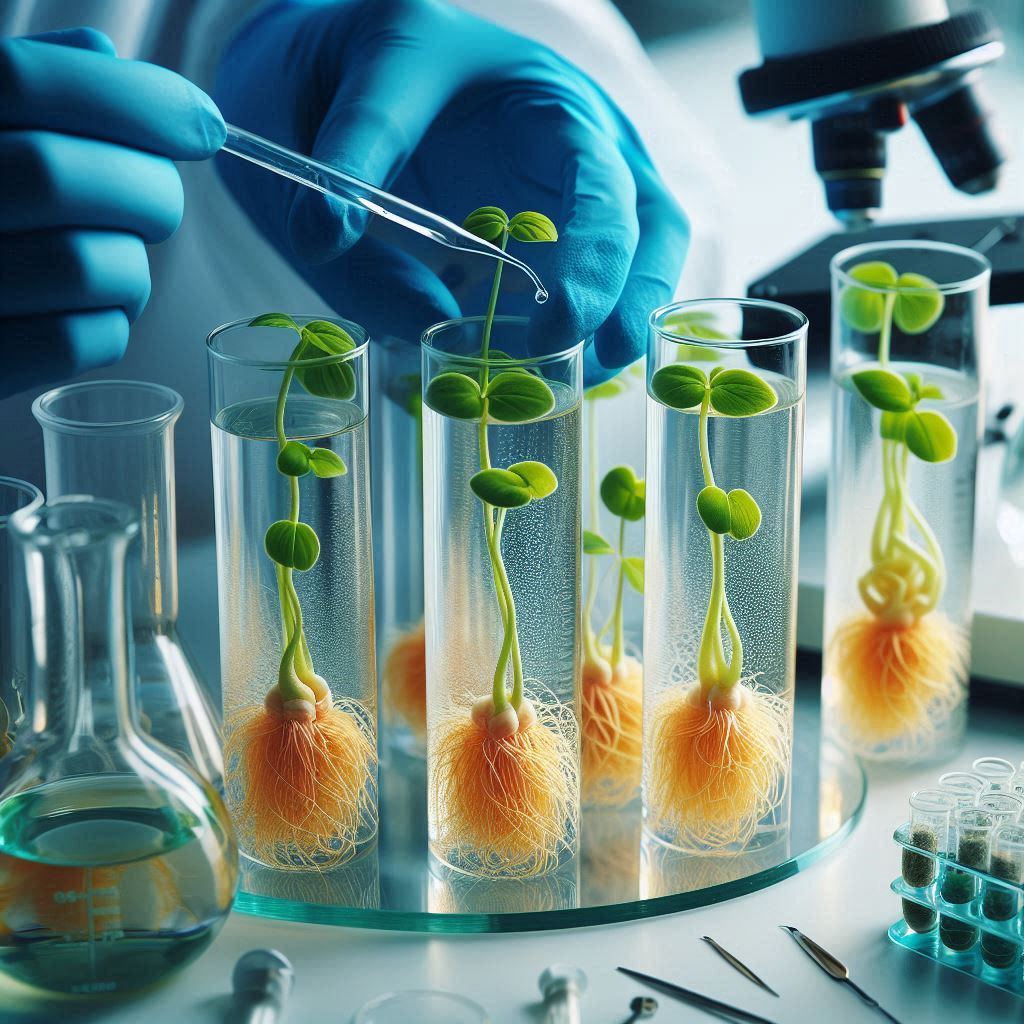
5. Differentiation:
Depending on the composition of the medium and the hormonal
balance, the cultured cells or tissues can differentiate into different organs like roots,
shoots, or embryos. This differentiation is controlled by adjusting the concentration of
growth regulators in the medium.
6. Rooting and Acclimatization:
Once shoots or embryos are formed, they can be induced
to develop roots on a rooting medium. After roots are established, the plantlets are
carefully transferred to soil or a soilless medium in a greenhouse or growth chamber to
acclimatize to natural environmental conditions.
Applications of Plant Tissue Culture in Agriculture :-
1. Micropropagation:
Micropropagation, a key application of plant tissue culture, offers several
significant advantages in agriculture:
1. Mass Production of Elite Varieties:
Micropropagation allows for the rapid
multiplication of selected elite plants, such as high-yielding crop varieties, diseaseresistant strains, or plants with desirable traits (like drought tolerance or improved
nutritional content). This mass production ensures a consistent supply of high-quality
planting material.
2. Disease Elimination and Pathogen-Free Plants:
Through micropropagation, plants can
be propagated from disease-free tissues or meristematic cells, effectively eliminating
pathogens and producing healthy, disease-free plants. This is crucial for maintaining the
health and productivity of crops, especially in regions prone to plant diseases.
3. Year-Round Availability:
Unlike traditional methods that may be limited by seasonal
constraints or the availability of seeds or cuttings, micropropagation enables continuous
production of plants throughout the year. This ensures a steady supply of planting
material regardless of seasonal variations.
4. Rapid Generation of Offspring:
Micropropagation offers a faster turnaround time
compared to conventional propagation methods. Within a few weeks to months, a single
plant can yield hundreds or even thousands of identical offspring, significantly
accelerating the breeding and selection process.
5. Conservation of Endangered Species and Germplasm:
Micropropagation plays a
critical role in conserving endangered plant species by providing a means to propagate
and preserve genetic diversity in controlled environments. It allows for the conservation
of germplasm collections and facilitates the reintroduction of endangered species into
their natural habitats.
2. Germplasm conservation: Preservation of endangered plant species.
Role of Plant Tissue Culture in Germplasm Conservation:
1. Propagation of Rare and Endangered Species:
Plant tissue culture allows for the
propagation of plants from limited or rare genetic resources, including endangered
species. By culturing and multiplying plant tissues under sterile conditions, tissue
culture techniques can propagate plants that might otherwise be difficult to grow or
maintain in traditional field conditions.
2. Storage of Genetic Material:
Tissue culture offers methods for long-term storage of
plant genetic material in the form of cryopreservation. Cryopreservation involves
freezing tissues or cells at ultra-low temperatures (liquid nitrogen) to maintain their
viability for an extended period. This method ensures the preservation of genetic material without the need for continuous maintenance of living plants
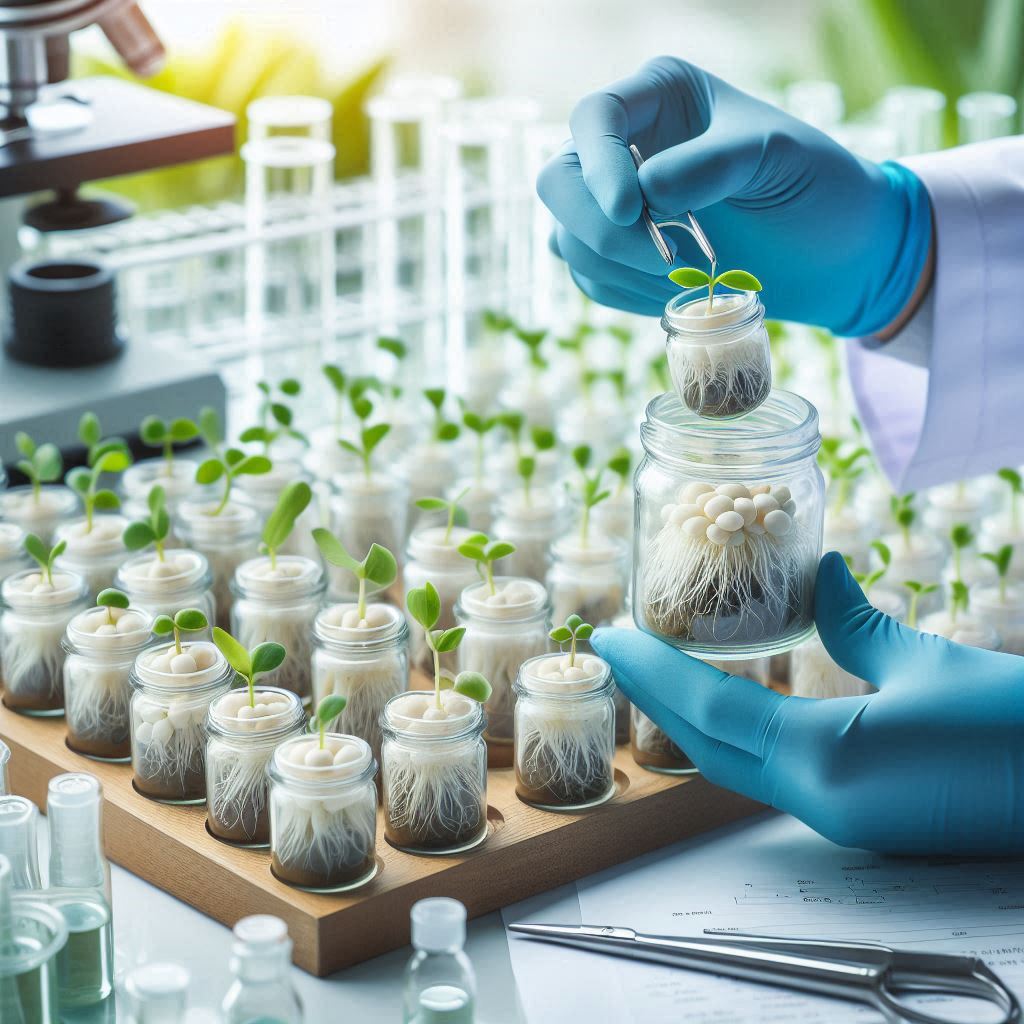
3. Disease-Free Conservation:
Tissue culture allows for the production of disease-free
plants from sterilized tissues or meristematic cells. This is particularly important for
conserving plants susceptible to diseases that could threaten their survival in natural
habitats.
3. Genetic Modification :-
Genetic modification through plant tissue culture involves the manipulation of plant genomes to
introduce new genetic traits or modify existing ones. This process is facilitated by techniques such as
genetic engineering and molecular biology, which allow for precise targeting and alteration of
specific genes within plant cells or tissues.
For more details on this topic visit –Biotechnology and its applications in agriculture
Applications of Genetic Modification through Plant Tissue Culture:
• Crop Improvement:
Introduction of traits such as herbicide tolerance, insect resistance,
disease resistance, and improved nutritional content.
• Environmental Adaptation:
Modification of plants to tolerate abiotic stresses such as
drought, salinity, and extreme temperatures.
• Industrial Applications: Production of pharmaceuticals, biofuels, and other high-value
compounds using plants as biofactories.
4. Somatic embryogenesis:
Production of artificial seeds from somatic cells.
Somatic embryogenesis is a process in plant tissue culture where embryos are formed from somatic
cells (non-reproductive cells) rather than from fertilized egg cells. This technique has several
applications in agriculture, offering unique advantages and opportunities for plant propagation,
breeding, and genetic improvement.
Applications of Somatic Embryogenesis in Agriculture:
1. Clonal Propagation:
Somatic embryogenesis allows for the rapid
multiplication of plants from a single embryo or embryogenic cell line. This
results in the production of genetically uniform plants (clones), ensuring
consistency in traits such as yield, quality, and disease resistance.
2. Propagation of Elite Varieties:
High-yielding or desirable plant varieties can be
propagated efficiently through somatic embryogenesis. This method is particularly useful
for crops where traditional propagation methods (such as seed production or vegetative
propagation) are slow, inefficient, or prone to diseases.
3. Germplasm Conservation and Preservation:
Somatic embryogenesis enables the
preservation and storage of valuable germplasm and genetic resources in a controlled
environment. Embryogenic cell lines can be cryopreserved for long-term storage,
ensuring genetic diversity and safeguarding against loss due to environmental or
biological factors.
4. Accelerated Breeding Programs:
Somatic embryogenesis expedites the breeding
process by allowing rapid generation turnover and evaluation of new plant lines. It
facilitates the introduction and selection of desirable traits (such as disease resistance,
drought tolerance, or improved nutritional content) into elite cultivars through genetic
engineering or traditional breeding methods.
5. Propagation of Recalcitrant Species:
Some plant species are difficult to propagate
through conventional methods due to factors like recalcitrant seeds or vegetative
propagation challenges. Somatic embryogenesis offers an alternative approach to
propagate and conserve such species.
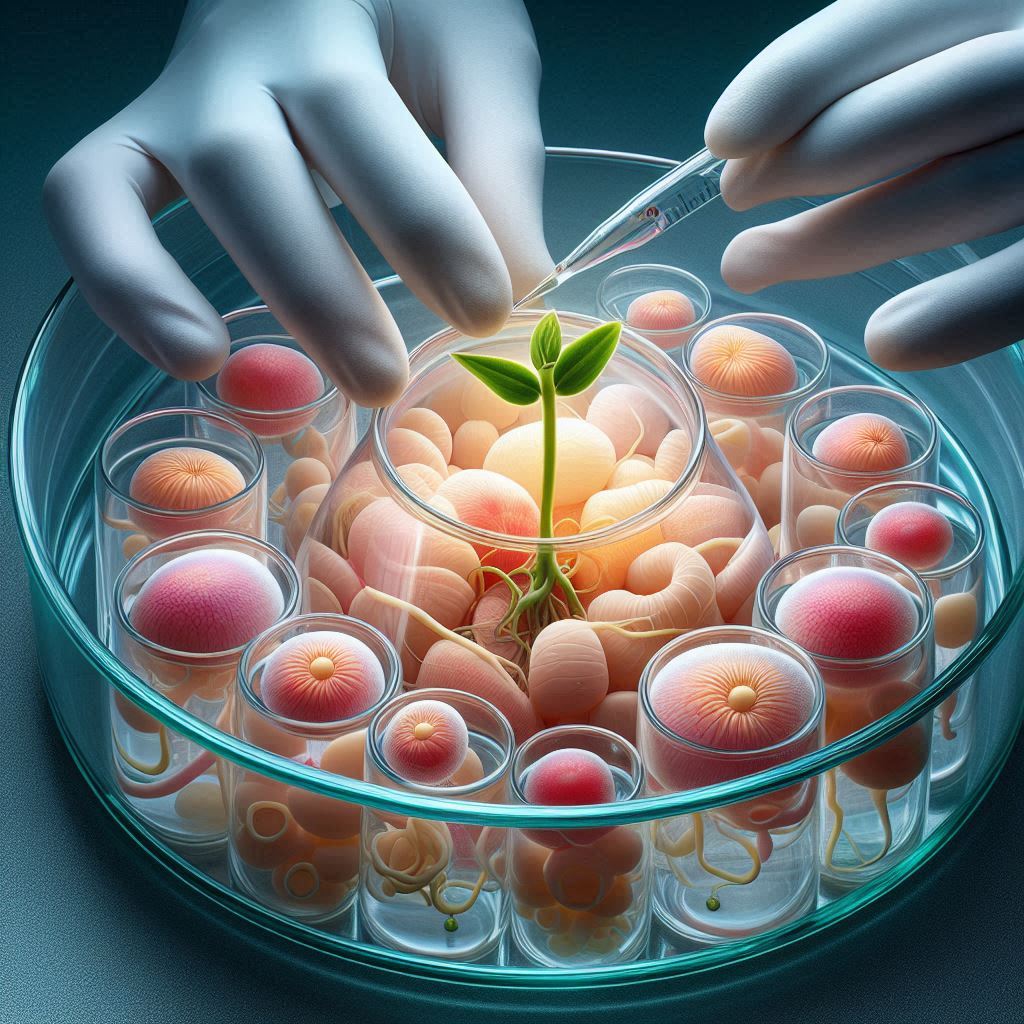
6. Production of Synthetic Seeds:
Somatic embryos encapsulated in a protective coating
can be developed into synthetic seeds. These seeds can be stored and transported more
easily than traditional seeds, reducing storage costs and improving the efficiency of plant
distribution and deployment.
7. Secondary Metabolite Production:
Somatic embryos can be induced to produce
secondary metabolites of pharmaceutical or industrial importance. This application
leverages the controlled environment of tissue culture to optimize production conditions
and enhance yields of valuable compounds.
8. Crop Improvement and Genetic Engineering
• Introduction of Desired Traits:
Genetic modification through tissue culture allows for
the introduction of specific genes or traits, such as resistance to pests, diseases, or
environmental stresses.
• Accelerated Breeding Programs:
Rapid generation of new cultivars with improved
traits, facilitating traditional breeding processes by providing a controlled environment
for crossing and selection.
9.Pharmaceutical and Industrial Compounds:
Culturing plant cells or tissues to produce
valuable secondary metabolites, including pharmaceuticals, flavors, fragrances, and bioactive
compounds.
10. Research and Biotechnology
• Basic Research: Study of plant growth, development, and physiology under controlled
conditions.
• Genetic Transformation: Introduction and expression of genes to study gene function or
produce novel traits.
11. Horticulture and Ornamental Plant Production
• Propagation of Ornamentals: Production of uniform and disease-free ornamental plants
with desirable characteristics.
• Hybridization and Crossbreeding: Controlled hybridization to develop new ornamental
varieties.
12. Forestry
• Propagation of Trees: Large-scale production of trees for reforestation, afforestation,
and restoration projects.
• Clonal Forestry: Ensuring uniformity and quality in tree plantations through
micropropagation.
13. Conservation Biology and Ecological Restoration
• Reintroduction of Endangered Species: Propagation and reintroduction of endangered
or rare plant species into their natural habitats.
• Ecological Restoration: Use of tissue culture to restore degraded ecosystems by
reintroducing native plant species.
14. Seed Industry and Agriculture
• Seed Production: Generation of disease-free seeds and plants for commercial
agriculture.
• Seedling Production: Production of uniform seedlings for transplanting in nurseries and
field.
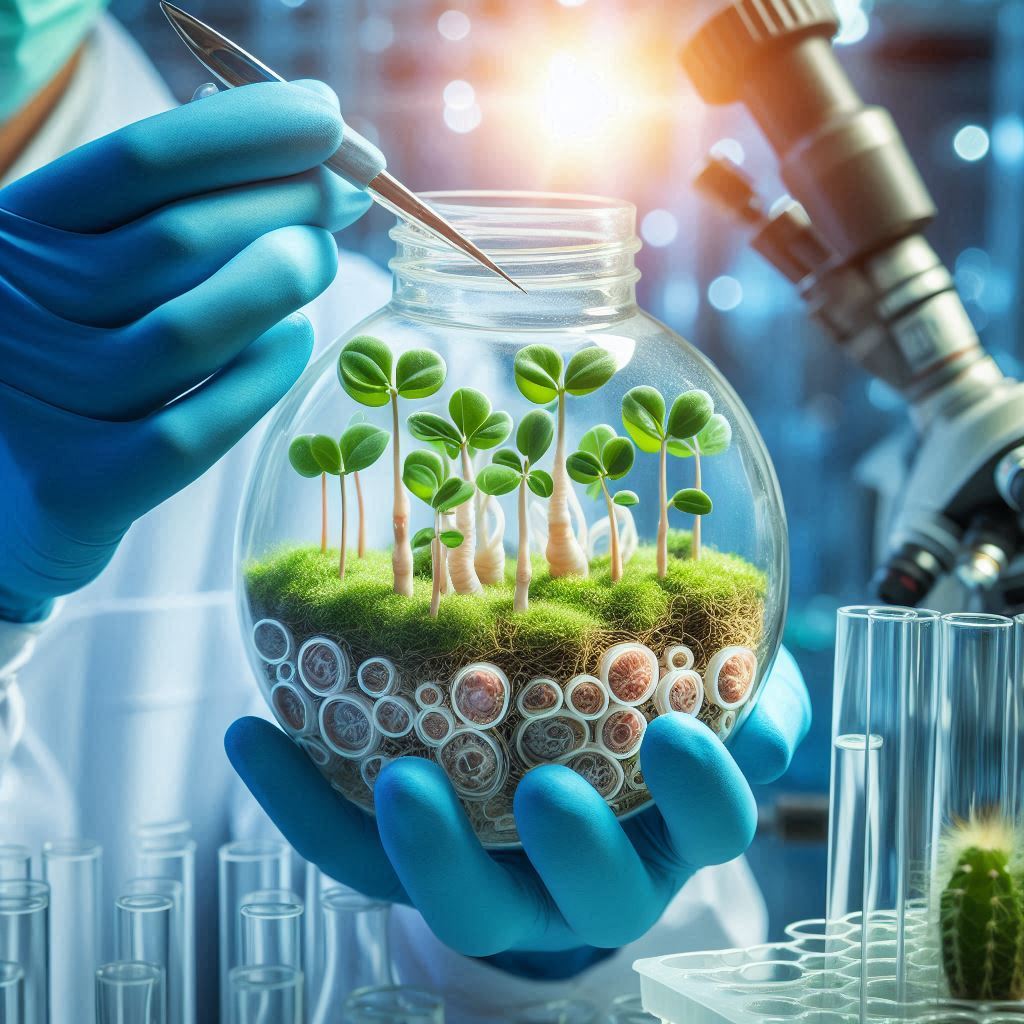
• Advantages of Plant tissue Culture :-
1. Rapid Clonal Propagation:
Plant tissue culture allows for the rapid multiplication of
plants from a small piece of plant tissue (like a shoot tip or meristem). This method can
produce thousands to millions of identical plants in a relatively short period, ensuring
uniformity in traits and characteristics.
2. Production of Disease-Free Plants:
By starting with sterilized plant material and
maintaining cultures in a sterile environment, tissue culture helps in producing plants free
from pathogens and diseases. This is crucial for maintaining healthy planting material
and reducing the risk of disease outbreaks in crops.
3. Year-Round Availability:
Unlike traditional propagation methods that may be limited
by seasonal factors or seed availability, tissue culture allows for the continuous
production of plants throughout the year. This is particularly advantageous for crops with
specific planting seasons or in regions with unpredictable climatic conditions.
4. Preservation of Genetic Diversity:
Tissue culture techniques, such as cryopreservation,
enable the long-term storage of plant genetic material in a dormant state. This helps in
conserving rare or endangered plant species and preserving genetic diversity for future
breeding and research purposes.
5. Genetic Manipulation and Improvement:
Plant tissue culture facilitates genetic
manipulation through techniques like genetic engineering and somatic hybridization. This
allows for the introduction of desirable traits such as resistance to pests, diseases, or
environmental stresses, thereby enhancing crop productivity and quality.
6. Precision Breeding:
Tissue culture provides a controlled environment for hybridization
and selection of superior plant varieties. This accelerates breeding programs by allowing
breeders to screen and propagate plants with desired traits more efficiently than
traditional methods.
7. Propagation of Recalcitrant Species:
Some plant species are difficult to propagate
through conventional methods due to factors like recalcitrant seeds or vegetative
propagation challenges. Tissue culture offers an alternative approach to propagate and
conserve such species.
8. Efficient Use of Space and Resources:
Tissue culture requires minimal space compared
to traditional field or greenhouse methods, making it suitable for urban agriculture, smallscale operations, and research laboratories. It also reduces the need for extensive land use
and conserves natural resources.
9. Production of Secondary Metabolites:
Plant tissue culture can be used to produce
valuable secondary metabolites such as pharmaceuticals, flavors, and fragrances in
controlled conditions. This provides a sustainable and scalable alternative to traditional
extraction methods from wild plants.
10. Education and Research:
Tissue culture serves as a valuable tool for studying plant
growth, development, and physiology under controlled conditions. It supports research in
plant biology, genetics, and biotechnology by providing reproducible experimental
systems.
Limitation :-
1. Genetic Stability:
One of the major challenges in tissue culture is maintaining genetic
stability over successive generations. Somatic mutations or genetic changes can occur
during tissue culture propagation, leading to variations in plant traits known as
somaclonal variation. This can affect the uniformity and performance of propagated
plants.
2. Technical Expertise and Infrastructure:
Establishing and maintaining tissue culture
facilities require specialized skills in plant biology, microbiology, and sterile techniques.
The initial setup can be costly, and ongoing maintenance of sterile conditions is essential
to prevent contamination and ensure successful culture propagation.
3. Contamination Issues:
Contamination with bacteria, fungi, or other microorganisms can
compromise tissue cultures, leading to reduced growth rates, poor quality plants, or even
loss of entire cultures. Strict aseptic techniques and proper sterilization protocols are
crucial to mitigate contamination risks.
4. Labor Intensiveness:
Tissue culture is labor-intensive, requiring skilled personnel to
handle and manipulate plant tissues under sterile conditions. Subculturing, media
preparation, and monitoring culture health require careful attention to detail and
consistency.
5. Cost Considerations:
While tissue culture can be cost-effective in the long term for
certain applications, the initial setup costs, including equipment, media, and labor, can be
prohibitive for smaller-scale operations or resource-limited settings. High-quality growth
regulators and nutrients also contribute to ongoing operational costs.
6. Cultural Requirements:
Different plant species and even different genotypes within the
same species may have specific requirements for growth regulators, nutrient concentrations, pH levels, and environmental conditions. Optimizing culture conditions
for each species or genotype can be challenging and time-consuming.
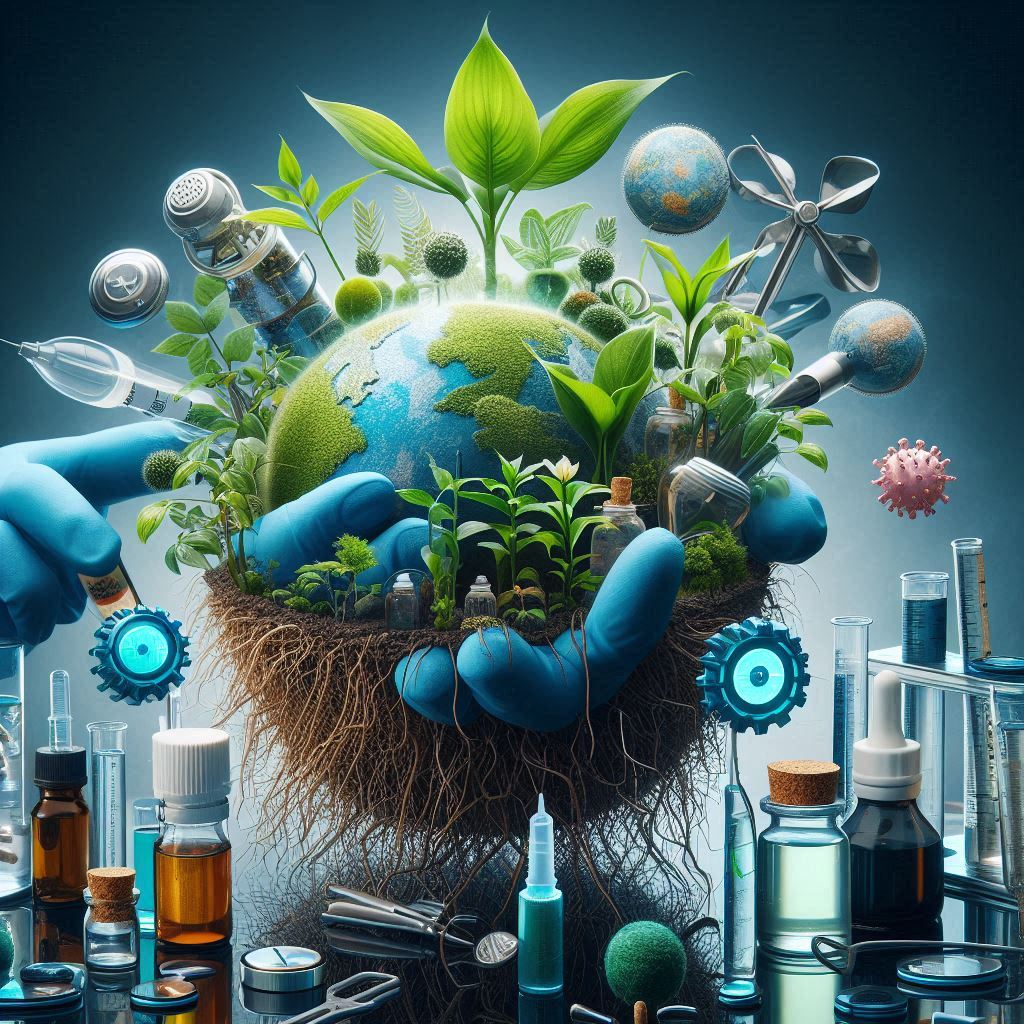
7. Slow Growth and Acclimatization:
Plants propagated through tissue culture may
exhibit slower growth rates initially compared to conventionally propagated plants.
Furthermore, plants regenerated from tissue culture often require acclimatization to ex
vitro conditions (e.g., greenhouse or field conditions), which can be a delicate and critical
phase.
8. Ethical and Regulatory Issues:
The use of tissue culture for genetic modification or the
production of genetically modified organisms (GMOs) may raise ethical concerns related
to environmental impact, food safety, and public acceptance. Regulatory frameworks
vary between countries and may impose strict guidelines for research, development, and
commercialization of genetically modified plants.



